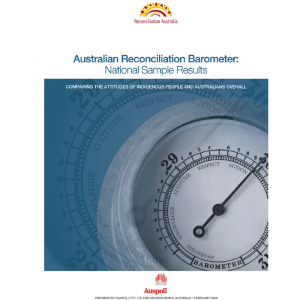Executive Summary
The Australian Reconciliation Barometer is a national research study that looks at the relationship between Aboriginal and Torres Strait Islander peoples and other Australians, and how perceptions affect progress towards reconciliation. The Barometer was developed through a nation-wide series of discussion groups held in late 2007.
The 2008 Barometer was the first time the study was undertaken, acting as a point of reference for subsequent reports.
The structure of the Barometer recognises that attitudes and behaviour towards reconciliation will require changes to take place in four core areas:
- Awareness: What do people know about the facts of Aboriginal and Torres Strait Islander life and history?
- Attitudes: What are the opinions and beliefs that Indigenous and non-Indigenous people hold about each other and our relationship?
- Perceptions: What are the cultural stereotypes and preconceptions the general public holds in relation to Indigenous people and vice versa?
- Action: What are people prepared to do to bring about an improvement in the relationship between Indigenous and non-Indigenous Australians?










